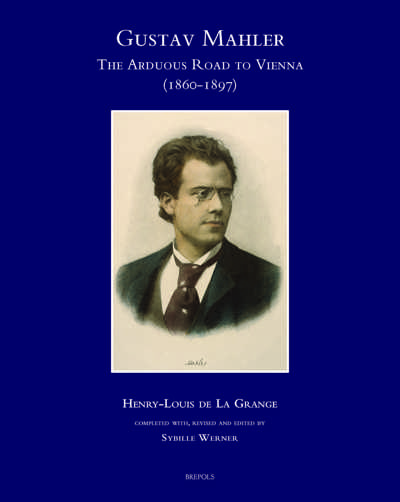
The Legacy of Richard Wagner
Convergences and Dissonances in Aesthetics and Reception
Luca Sala (ed)
- Pages: 459 p.
- Size:210 x 270 mm
- Language(s):English, French, Spanish
- Publication Year:2012
- € 130,00 EXCL. VAT RETAIL PRICE
- ISBN: 978-2-503-54613-1
- Hardback
- Available
In the context of the social culture of Europe, the rise and fall of Wagnerism ushered in a structural change of artistic forms, a process which in some sense manages to lay bare the transformations of modern culture over two entire centuries. What is presented rather as a complex psycho-sociological theorization of the process involved in producing a work of art, in fact manifests itself as a reformulation of ideas in literature and theatre, in criticism and cinema, providing us with a vast and articulate sketch of an almost endless series of those influences which Wagner’s oeuvre has been able to give rise to. The purpose of the present work is to expand, in this very direction, the thorough study of a system of convergences and dissonances, whether in the sphere of aesthetics, or in the context of that which remains of the oeuvre in the complex and as yet unfinished history of its reception. The editor’s aim has been to examine the Wagnerian influence which is present in the process of politico-geographical transformation of Europe, Russia and the United States from the fin de siècle to the middle of the 20th century. Furthermore, on the same topic, he has striven to cover also the silent revolution which Wagnerism precipitated in literature and in the field of social sciences, its legacy and the inevitable transformations it brought about.
Luca Sala, Preface
Aesthetics
Jill T. Brasky, 'Beyond Good and Evil': Wagner, Nietzsche, Influence – Timothée Picard, De quoi le -cas Wagner’ a-t-il été le nom? Parcours à travers la littérature et l’histoire des idées européennes – Rémy Campos, Paul Scudo contre Richard Wagner: autopsie d’une oreille réactionnaire – Kordula Knaus, Theater, Politik und Wagners utopisches Erbe. 'Der Ring des Nibelungen' auf der Bühne – James L. Zychowicz, Richard Wagner and the Romantic Symphony – J. P. E. Harper-Scott, Wagner and the 'Königsproblem' – Cécile Leblanc, Polyphonie et dialogisme dans les romans de 'Tristan': un remède à l’indicible? – Matthew Bribitzer-Stull, From Nibelheim to Hollywood: The Associativity of Harmonic Progression – Michela Niccolai, 'Les Maîtres chanteurs' à l’origine du naturalisme français? L’exemple d’Alfred Bruneau et de Gustave Charpentier – John Williamson, Pfitzner and Wagner
Reception
Karen Painter, Depoliticizing America’s Wagner in the Nazi Era – Christopher Scheer, Theosophy and Wagner Reception in England and the United States, 1886-1911: Some Preliminary Findings – Michael Murphy, Wagner Performance and Reception in Ireland, 1860-1940– Alistair Wightman, Reactions to the Music of Wagner in Poland – Luca Sala, «Patrz — to Tetmajer». Le texte et la poesie chez Mieczysław Karłowicz: Un Tristan confondu – Pauline Fairclough, Wagner Reception in Stalinist Russia – Anastasia Siopsi, Creating Myths of Nation Through Art and Its Reception in the Interwar Period: The Case of Manolis Kalomiris’s Opera 'The Mother’s Ring' – David Trippett, Defending Wagner’s Italy – Paloma Ortiz-de-Urbina Sobrino, Primera recepción de Richard Wagner en Madrid – Paulo F. de Castro, Wagnerism at the Edge: Some Aspects of Richard Wagner’s Impact on Portuguese 'Fin-de-siècle' Culture
Abstracts – Contributors – Index of Names




